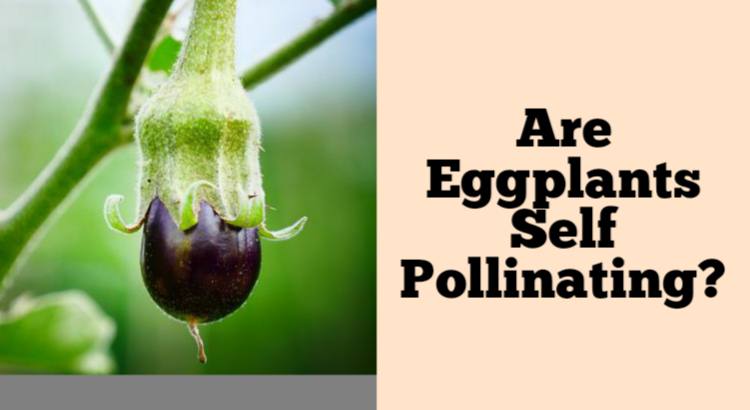If you’re a fan of eggplant, you’re probably also familiar with the fact that they’re part of the nightshade family—and that includes tomatoes and peppers. So what does this mean for the eggplant? It means that the flower structure is identical in all three plants.
What does that mean? Well, it means that if your garden has any eggplants and tomatoes or peppers growing together, those plants are capable of self-pollinating (provided there are plenty of bees around).
The flowers of an eggplant are self-fertile and require no help from insects for pollination. In fact, all varieties of the Solanum genus (including potatoes, tomatoes and peppers) have the same flower structure and are self-pollinating.
The flowers of an eggplant are self-fertile and require no help from insects for pollination. In fact, all varieties of the Solanum genus (including potatoes, tomatoes and peppers) have the same flower structure and are self-pollinating.
The plants have female flowers with pistils that produce ovules that then become seeds. There are also male flowers with stamens that produce pollen grains which fertilize the female flowers on the same plant or on nearby plants growing in close proximity.
If you want to grow your own eggplants organically, there is no need to buy any special equipment to pollinate your crop as they have a natural mechanism for doing this themselves.
Eggplant flowers naturally form female plumule at the center while male stamens surround it. The male stamens come in contact with the female plumule when they fall due to gravity and pollination takes place.
Eggplants are self-pollinating plants, which means that they don’t need the help of other plants to transfer pollen from one flower to another.
If you grow eggplants in your garden, it’s very likely that there will be no cross-pollination between your plants because most varieties are sterile and produce only male or female flowers.
The eggplants form female plumule at the center while male stamens surround it. The male stamens come in contact with the female plumule when they fall due to gravity and pollination takes place.
This is a natural process; however, you can increase this rate by shaking or fanning the plant regularly so that more pollen lands on each female flower.
Eggplants don’t need much help to reproduce.
Eggplants are self-pollinating. That means the pollen in the flower gets transferred by hand, not by an insect. So you don’t need to worry about bees or other pollinators when growing eggplants. The flowers will fertilize themselves and produce fruit without any help from insects.
Eggplant fruits are actually berries, which means they’re seeds contained within fleshy material that surrounds them.
While a leafy green vegetable like spinach makes its seeds inside of flowers and then lets bees carry those seeds around on their bodies, eggplants do not have these kinds of flowers; instead, they have small fruits (aka “berry”s) that develop offshoots from each berry—these offshoots become new plants in their own right.
When these little baby plants grow big enough (usually after several months), they’ll send out their own roots so that each baby plant can become its own independent plant instead of needing another eggplant nearby to survive as adults (which is what happens with tomatoes).
So eggplants don’t need bees or other pollinators to pollinate them; they self-pollinate just fine. That means you can grow eggplant in your garden even if there aren’t any bees around.
Conclusion
There you have it. We hope this article has answered any questions you have about eggplant pollination and reproduction. Now that we know how easy it is to grow these delicious vegetables, why not try a few varieties in your garden or on your balcony?

